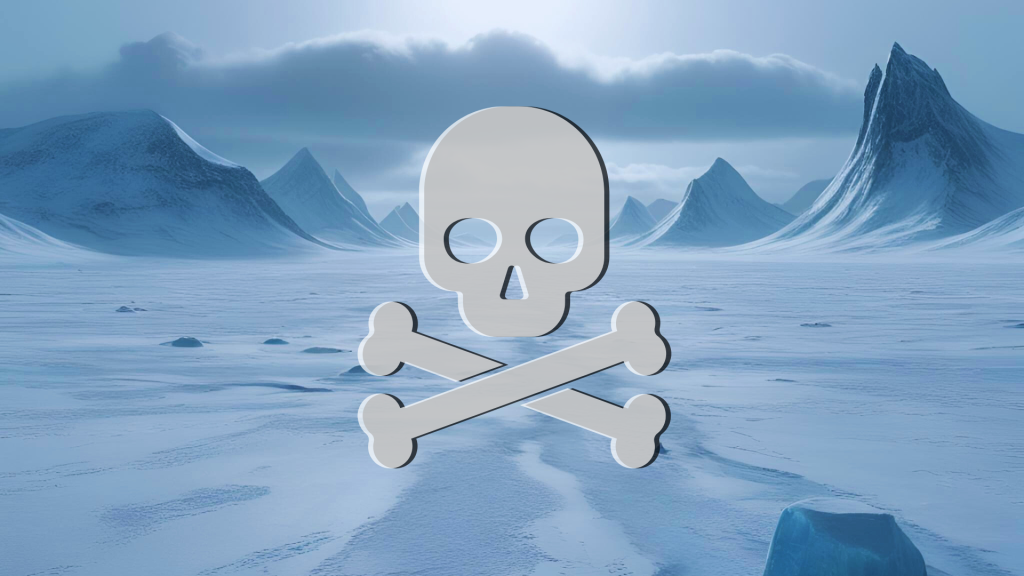
Note: Spoilers for “Mickey 17” ahead
“Even on my 17th go-around, I really hate dying.”
Trapped in the caverns of the ice planet Niflheim, Mickey Barnes braces for impact as an alien creature barrels toward him. Its anatomy resembles that of a massive tardigrade but with tentacles protruding from its mouth and fur like a woolly mammoth.
Mickey shuts his eyes as the strange life form descends over him. Robert Pattinson continues to steadily narrate as the screen fades to black: “Still. Always. Every time.”
Bong Joon Ho’s “Mickey 17” transports audiences to a future where technology has effectively enabled reincarnation. Memories may be downloaded and stored, while bodies are regenerated from recycled organic waste and birthed from machines that resemble MRI scanners. Though we expect sci-fi films to glorify advanced technologies, here, bio-printing is presented as dull and procedural.
The practice of human printing is banned on Earth for ethical reasons but permitted in outer space. This allows for planetary colonization efforts to be accompanied by an “expendable,” a worker who can be infinitely exploited, sent on dangerous missions, or cruelly experimented on, as they are reprinted every time they die.
Mickey becomes employed as an expendable under insanely absurd circumstances. When he and his friend Timo’s macaron business fails, they’re unable to repay their loan and decide that their best bet is to leave the planet.
Without reading the paperwork, Mickey signs off to be an expendable on a space expedition led by Kenneth Marshall, a former congressman played by Mark Ruffalo. Marshall makes for a menacing, over-the-top antagonist, hellbent on establishing a pure colony “full of superior people.” Many of Ruffalo’s lines are cartoonishly evil, such as, “It’s time we initiate Operation Total Extermination.”
Emphasizing his over-the-top villainy, Marshall’s style shifts throughout the film. He begins dressed like a typical politician, but by the end, he’s in full sci-fi fascist regalia, wearing a uniform that mirrors the outfits worn by the Imperial officers in “Star Wars.”
During the four-year journey to Niflheim, Mickey begins a relationship with a security agent named Nasha, portrayed by Naomi Ackie. Nasha is the only person who looks out for Mickey’s interests and remains as a constant each time he is reprinted. Mickey summarizes their dynamic best when he says, “It’s not easy supporting someone who’s a soldier, police officer, and a firefighter. But what she sees in me, I got no idea.”
Still, the most interesting interactions in the film are between Mickey 17 and Mickey 18. After 17 is left to die in the ice caves, the crew wastes no time in printing a new expendable. When 17 survives and returns to the base, he meets a duplicate of himself with a radically different personality. Where 17 is timid and avoids confrontation, 18 is confident and aggressive. This not only shows 17 that he can be more but suggests that there are flaws in the printing process. If each iteration of an expendable is somewhat unique, are they really continuing life as the same person when they’re reprinted?
As stipulated by Marshall, when multiple copies of an expendable exist simultaneously, the protocol is to terminate them all. The Mickeys initially hide the fact that there are two of them by alternating time spent outside of their room. When 18 realizes that 17 didn’t stand up for himself after nearly being killed by Marshall, he moves to assassinate the leader. After berating 17 for his weakness, 18 calmly says, “It’s not your fault,” before picking up a gun, concealing it under a rag, and storming out of the room, shoving 17 aside.
In this moment, 18 realizes that, like 17, his life means nothing to Marshall and the ruling class on the ship. It feels like a subversion of the famous “tears in rain” scene from the original “Blade Runner.” While Roy Batty and Rick Deckard come to see a common humanity in each other, Mickeys 18 and 17 recognize their shared experience of being treated as inhuman.
With its dark humor, bizarre alien creatures, and mockery of authoritarian leaders, we are invited to ask, who exactly is “Mickey 17” for? As a sci-fi fan, I was captivated by its odd premise but would not expect all audiences to buy into the worldbuilding. “Mickey 17” walks a fine line between being thought-provoking and downright weird. This is not an insult to the film, but it does mean that it attracts a more niche group of viewers.

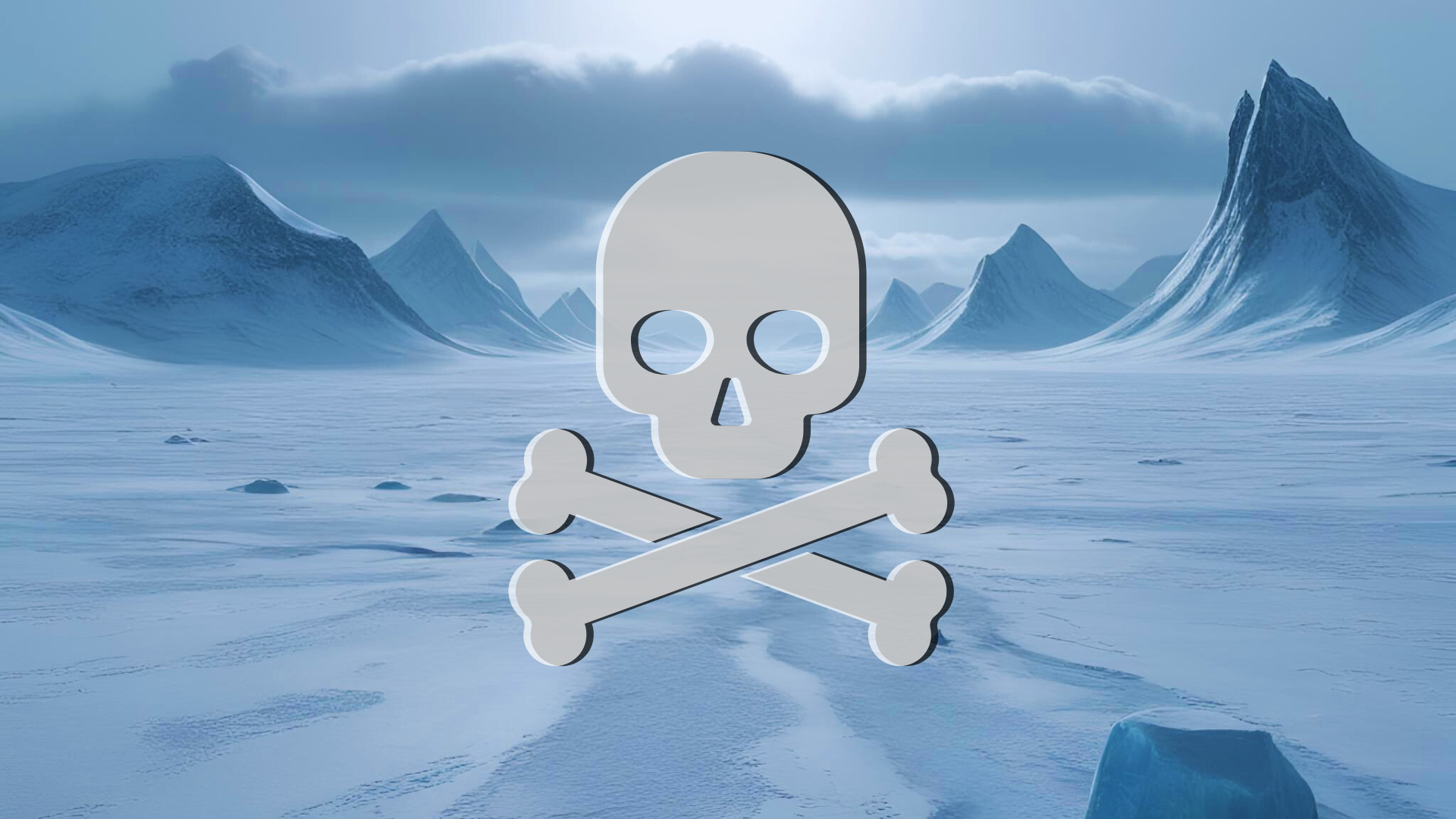

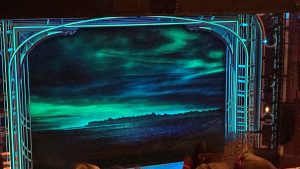

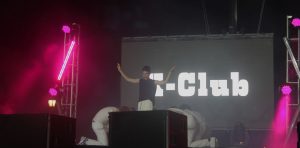


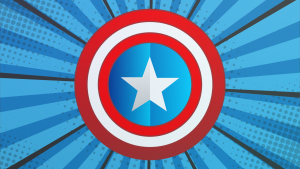
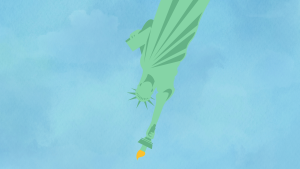


Comments are closed.